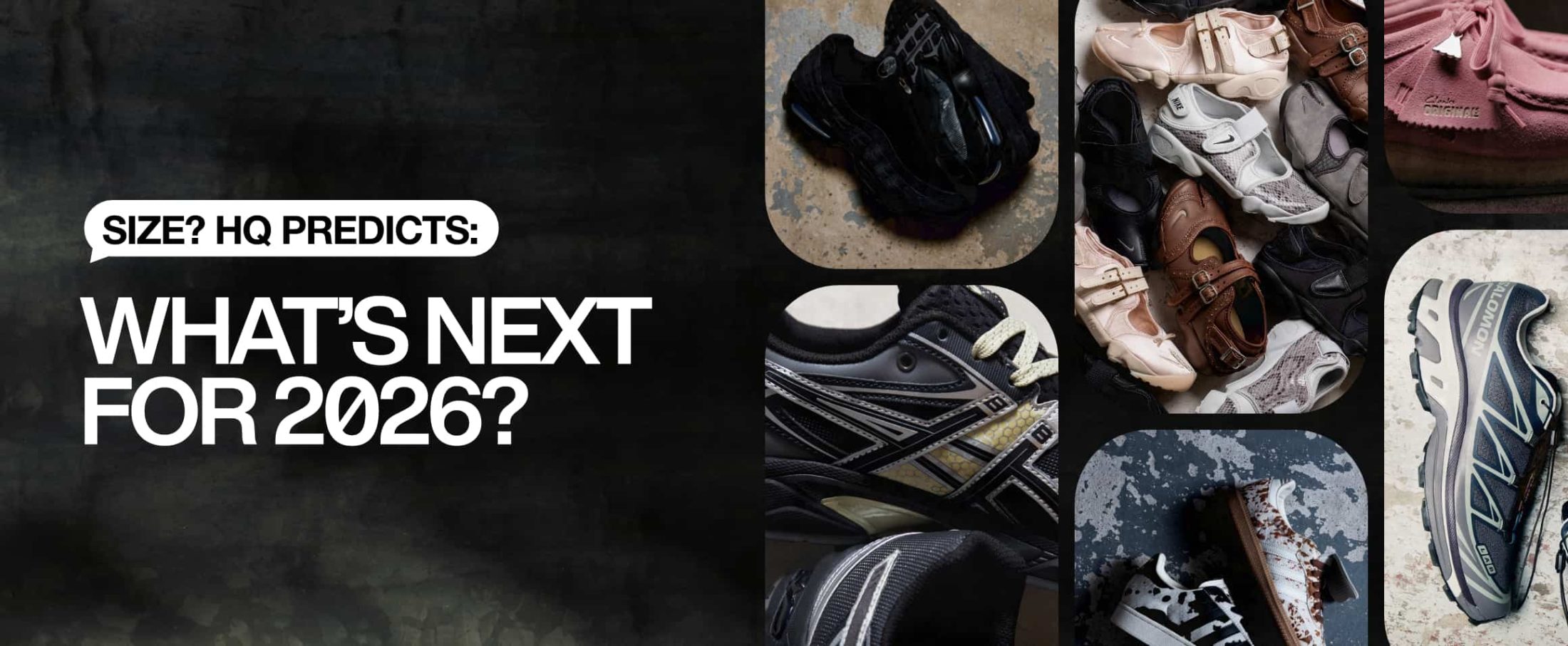The history of the Air Max 1

The Air Max 1 was one of Tinker Hatfield’s original masterworks for the Beaverton label. While this shoe wasn’t the first to boast Air technology – the label’s Air Max history behind the breakthrough of the infamous bubble debuting on the Tailwind – it was one of the first to showcase a visible Air unit in the sole, making technology an integral part of both the aesthetic as well as the comfort of the sole.

An unconventional building in Paris inspired the design process of this one – a city with strong links to the trainer. During a visit to Georges Centre Pompidou in Paris, Hatfield was inspired to create the visible Air unit embedded within the shoe’s sole. Its inside-out design, which displays the building’s skeletal structure on its exterior, provided Hatfield with the idea to design a shoe using its inner workings to enhance its visual appeal. Using the idea, he placed a window in the midsole of the shoe to expose a sealed airbag – a detail never seen before – one that paved the way for future Air silhouettes.

While various versions of the sneaker were released in the ‘90s, it wasn’t until 2002 that the first collaborative iteration was released by Japanese retailer, atmos. With a catalogue now spanning collaborations with Parra, HUF, Patta and Travis Scott as well as being rendered in iconic colourways like the 2003 ‘Curry’, there’s is no denying the Air Max 1 is cemented in Nike’s history as a pivotal visual turning point. Today, over three decades after its debut, it’s still an eminent and beloved silhouette in Nike’s arsenal, and even has a day dedicated entirely to it.
Shop the Nike Air Max 1 at size? now.










